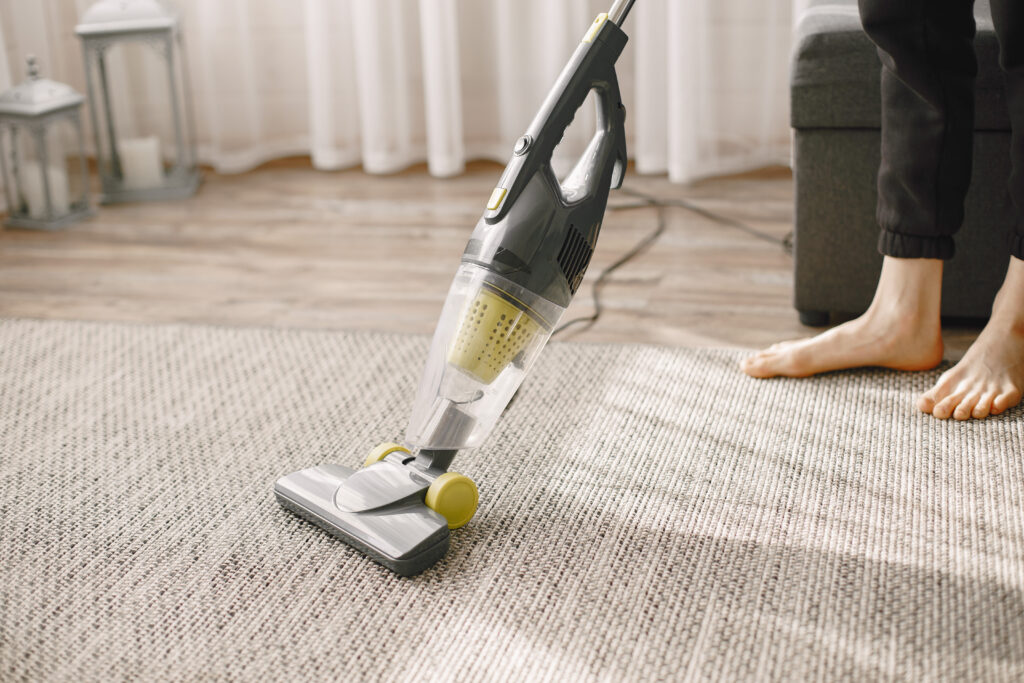Rugs are one of the most transformative yet underrated tools in interior design. They add warmth, color, and texture while defining space and tying together furniture, art, and architectural details. At Quinteroc, we believe a rug does more than sit underfoot — it tells a story, anchors your style, and makes your house feel like home. Whether you’re a seasoned decorator or a first-time homeowner, here’s how to style with rugs to breathe new life into every room.
Start from the Ground Up
Designers often recommend starting your decorating process with the rug. It’s easier to match furniture, curtains, and wall colors to an existing rug than the other way around. Choose a rug that captures your desired mood – earthy neutrals for a calming sanctuary, geometric prints for a contemporary edge, or floral patterns for a romantic touch.
Layering Rugs for Depth and Texture
Layering is a modern trend that adds visual interest and dimension. Place a smaller accent rug over a larger, neutral base to introduce contrast. This method works beautifully in open floor plans, adding coziness without permanent changes. For example, layer a plush faux fur rug over a jute base in the living room for warmth and contrast.
Define Zones in Open Spaces
In lofts or studio apartments, rugs are essential for visually dividing areas. Use a bold patterned rug to delineate a seating area from a dining space. In larger homes, you can also use varied rug styles to signal function – such as placing a low-pile runner in a hallway and a soft shag rug in a reading nook.
Experiment with Shapes and Placement
Rugs don’t have to be rectangular. Round rugs work well in entryways, beneath circular tables, or to soften a square room. Consider asymmetrical placement under beds or sofas to create a layered, designer look. Don’t be afraid to let furniture overlap the edges; this creates a cohesive, intentional aesthetic.
Material Matters
Choose your rug material based on foot traffic and room usage. Wool and high-pile rugs are great for bedrooms and living rooms where comfort is key. Flatweave or low-pile rugs are ideal for kitchens and dining rooms, as they are easier to clean and don’t trap crumbs.
The Power of Pattern and Color
A rug can serve as a bold focal point or a subtle backdrop. If your room is filled with colorful accents, a neutral rug helps balance the space. If your decor is minimal, a brightly patterned rug can add energy and personality. Remember, dark-colored rugs add coziness and hide stains, while lighter rugs create the illusion of more space.
Ultimately, decorating with rugs is about expressing your personality and enhancing the comfort of your home. With thoughtful selection and placement, a rug can completely reshape how a space looks and feels.











